Biography
Alexander Nevsky - Novgorod Prince and Communion. Prince Novgorod (1236-1240, 1241-1252 and 1257-1259), Grand Duke Kiev (1249-1263), Grand Duke Vladimir (1252-1263). Canonized by the Russian Orthodox Church. Traditionally, it is considered Russian historians with the Russian national hero, the True Christian ruler, the keeper of the Orthodox faith and freedom of the people.Childhood and youth
Alexander Yaroslavich Nevsky was born in Pereslavl-Zalessky. Yaroslav Vsevolodovich, Alexander's father, was at the time of his son Pereyaslav Prince, and later - the Grand Duke of Kiev and Vladimir. Rostislav Mstislavna, mother of the famous commander - Toropetskaya Princess. Alexandra had a senior brother Fedor, who died at the age of 13, as well as the younger brothers Andrei, Mikhail, Daniel, Konstantin, Yaroslav, Athanasius and Vasily. In addition, the future prince had sisters Maria and Ulyana.
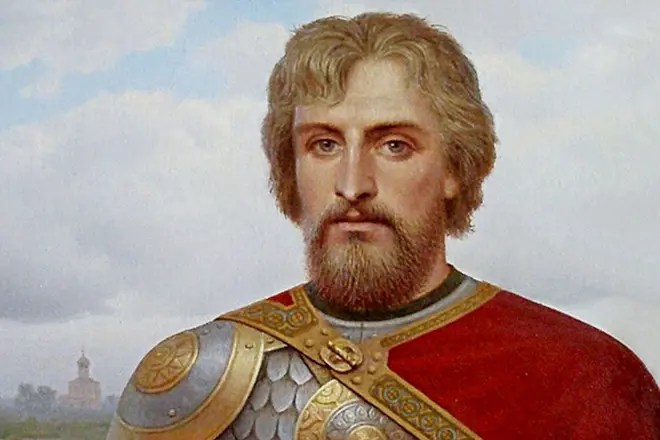
At 4 years old, the boy passed in the Savior Transfiguration Cathedral of the rite of dedication to the warriors and became a prince. In 1230, his father put Alexander together with the elder brother for the prince in Novgorod. But after 3 years, Fedor dies, and Alexander remains the only adviser of the principality. In 1236, Yaroslav leaves for Kiev, then in Vladimir, and the 15-year-old Prince remains independently to rule Novgorod.
First hiking
Alexander Nevsky's biography is closely connected with wars. The first military campaign, Alexander undertook together with his father to Derpt in order to discourage the city in Livonians. The battle ended with the victory of Novgorod. Then the war began for Smolensk with Lithuanians, the victory in which was left for Alexander.
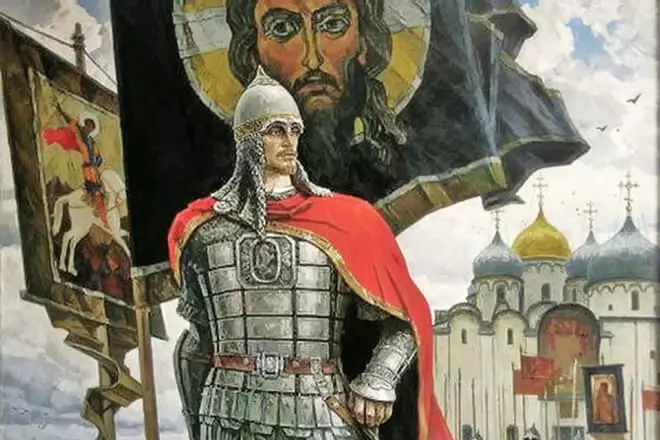
On July 15, 1240, the Nevskaya battle took place, significant the fact that Alexander's troops without supporting the main army smashed the camp of the Swedes at the mouth of the Izhora river. But Novgorod boyars were frightened by the increased influence of Alexander. Representatives of the nobility with the help of various Caverz and incitement achieved the fact that the commander went to Vladimir to Father. At this time, the German army made a campaign on Russia, capturing Pskov, Izborsky, Vointed lands, knights took the city of Koporye. The enemy army closely approached Novgorod. Then the Novgorodians themselves began to ask the prince to return.
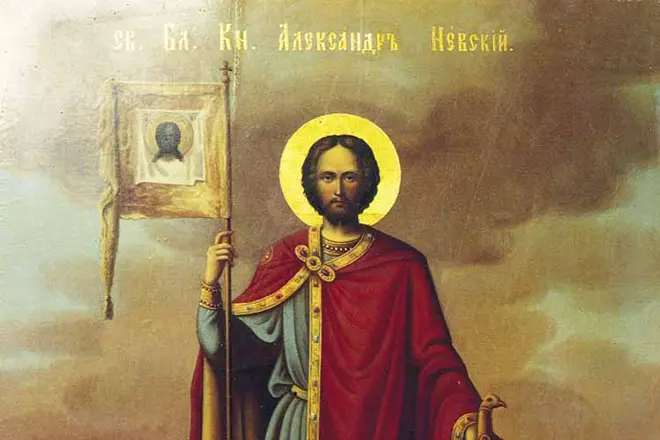
In 1241, Alexander Nevsky arrived in Novgorod, then freed Pskov, and on April 5, 1242 there was a famous battle - Ice Battle - on the Church of the Lake. The battle took place on the frozen lake. Prince Alexander applied tactical trick, lubricating the knights, shaved in heavy armor, on a thin layer of ice. The Russian cavalry attacked from the flanks has completed the defeatists. After this battle, the Knight's Order refused all recent conquests, and part of Latgale was also departed.
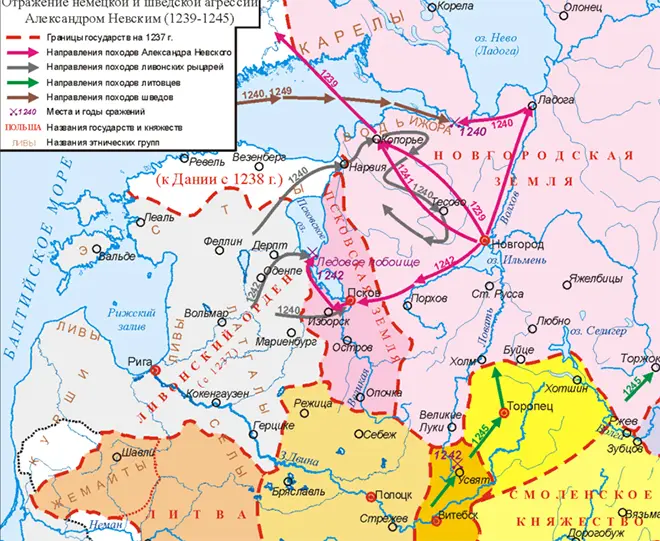
After 3 years, Alexander liberated Torotz, Toropets and Bezhetsk, captured by the army of the Grand Duchy of Lithuania. Then exclusively by the forces of his troops, without the support of Novgorod and Vladimirtsev, caught up and destroyed the remains of the Lithuanian army, and on the way back, another Lithuanian military connection was broken under consideration.
Governing body
In 1247, Yaroslav dies. Alexander Nevsky becomes prince Kiev and All Russia. But since after the Tatar invasion, Kiev lost strategic importance, Alexander did not go there, but remained to live in Novgorod.
In 1252, Andrei and Yaroslav, the Alexander brothers, opposed the Horde, but the Tatar invaders broke the defenders of the Russian Earth. Yaroslav settled in Pskov, and Andrei was forced to flee to Sweden, so the Principality of Vladimirskoy passed to Alexander. Immediately after that, a new war was followed by Lithuanians and Teutons.
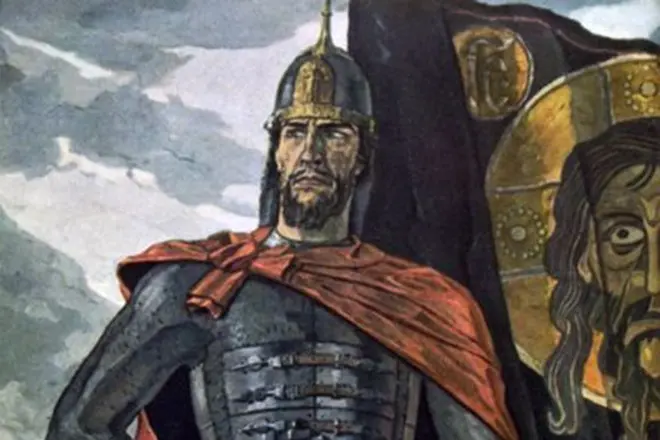
The role of Alexander Nevsky in history is perceived ambiguously. The Novgorod Prince constantly led battle with Western troops, but at the same time bowed to Khan Golden Horde. The prince has repeatedly traveled to the Mongolian Empire to read the ruler, especially supported Batya and the Allies of Khan. In 1257, it was even self-sustained in Novgorod with Tatar ambassadors to express support for the Ordans.
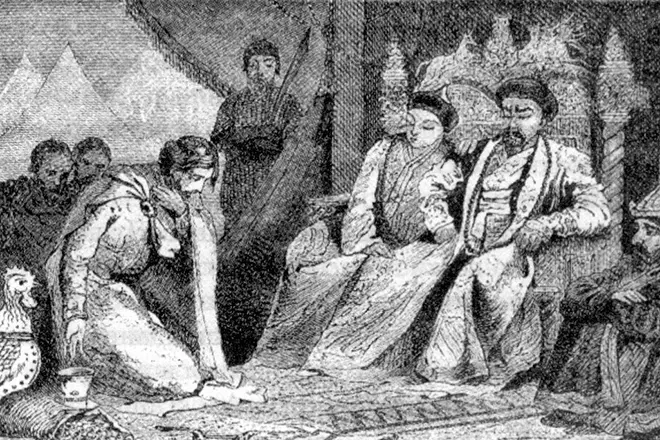
In addition, the son of Vasily, who resisted the invasion of Tatars, Alexander exiled to Suzdal Earth, and 7-year-old Dmitry put in his place. Such a policy of Prince in Russia itself is often called treacherous, since cooperation with the rulers of the Golden Horde suppressed the resistance of Russian princes for many years ahead. As a policy of Alexander, many are not perceived, but the warrior is considered excellent, and feats do not forget.
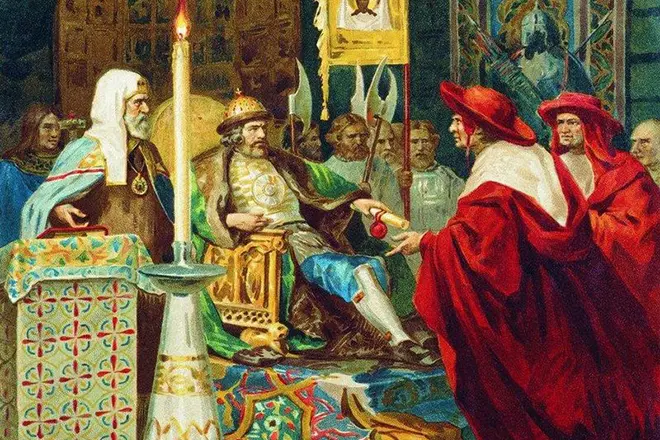
In 1259, Alexander, with the help of the threats of the Tatar invasion, has achieved agreement from the Novgorod residents to the population census and the payment of the Ordans Dani, which the Russian people resisted for many years. This is another fact from the biography of Nevsky, who is not pleased with Prince's supporters.
Battle on the Ice
At the end of August 1240, the Crusaders of the Livonian Order invaded the Pskov Earth. After a short-term siege, the German knights captured Izborsso. Then the defenders of the Catholic faith were asked by Pskov and occupied it with the assistance of the Boyar trains. Next followed the invasion of Novgorod Earth.
According to Alexander Nevsky, the troops from Vladimir and Suzdal under the command of Prince Andrei, Brother of the Novgorod ruler arrived to help Novgorods. The United Novgorod-Vladimir army took a trip to the Pskov Earth and, cutting off the road from Livonia to Pskov, stormed the entrusted to this city, as well as Izborsso.
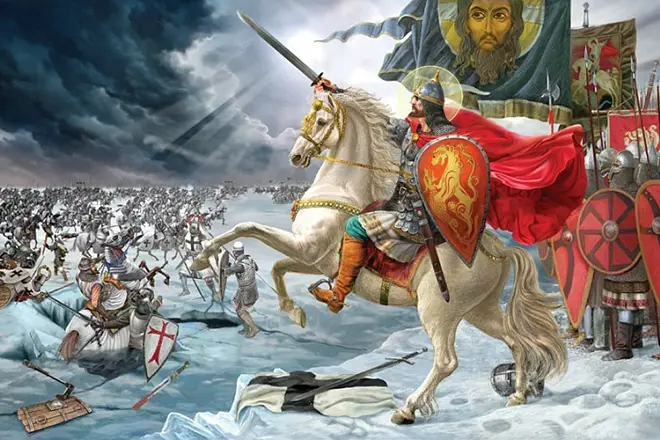
After that, the defeat of the Livonian knights, gathering a big army, performed to Pskov and Child Lakes. The basis of the troops of the Livonian Order was a heavy knightly cavalry, as well as infantry, which was repeatedly surpassed by knights in numbers. In April 1242, the battle took place, which was in history as an ice side.
Historians for a long time could not determine the exact place of the battle, because the hydrography of the chief of the lake often changed, but the coordinates of the battle of the scientist later managed to point out on the map. Experts agreed that more accurately describes the Battle of Livonian Rhymed Chronicle.
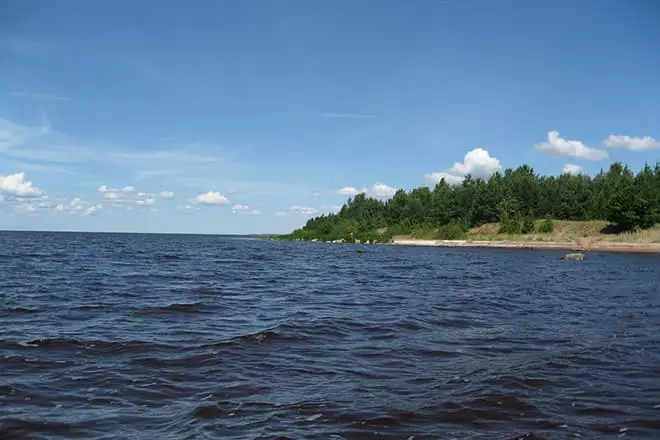
In the "rhymed chronicle" it is indicated that Novgorod had a large number of shooters who were the first to hit the knights. The knights built a "pig" - a deep column, starting a blunt wedge. Such an education allowed a heavy knight cavalry to apply a thane blow along the enemy's line, breaking the combat order, but in this case such a strategy turned out to be erroneous.
While the advanced troops of the Livonians tried to break through the tight construction of the Novgorod infantry, the princely squad remained in place. Soon the warriors hit the flanks of the enemy, crushing and mixing the ranks of the German troops. Novgorod residents won a decisive victory.
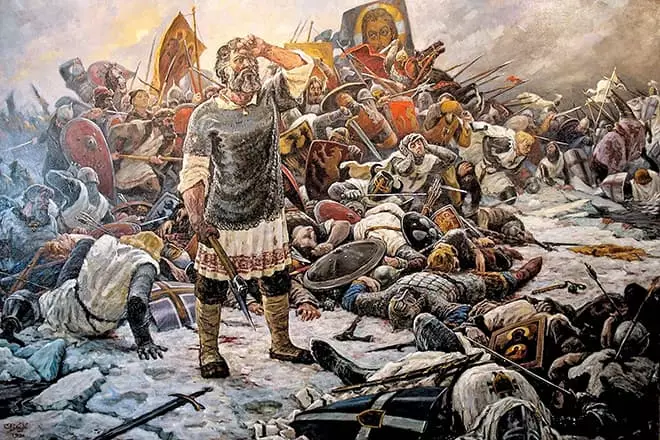
Some historians claim that knightly compounds consisted of 12-14 thousand soldiers, and the militia of the Novgorod residents counted 15-16 thousand people. Other experts consider these numbers prohibitively overestimated.
The result of the battle decided the outcome of the war. The Order concluded the world, abandoning the conquered Pskov and Novgorod territories. This battle played a huge role in history, influenced the development of the region, retained the freedom of Novgorod.
Personal life
Alexander Nevsky married in 1239, immediately after the victory over Lithuanians near Smolensky. The wife of the prince became Alexander, the daughter of Bryachliva Polotsk. Young was crowned in the temple of St. George in Toroptz. A year later, they had a son of Vasily.
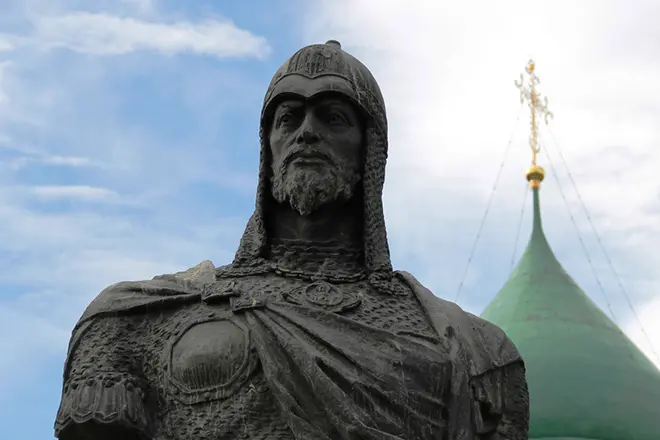
Later, the wife gave Alexander for more three sons: Dmitry, the future of Prince Novgorod, Pereyaslavsky and Vladimirsky, Andrei, who will be Kostroma, Vladimir, Novgorod and Gorodetsky Prince, and Daniel, the first prince of Moscow. Also, the prince's pair had the daughter of Evdokia, who later married Konstantin Rostislavich Smolensky.
Death
In 1262, Alexander Nevsky went to the Horde to try to prevent the outlined Tatar campaign. The new invasion provoked the murder of gatherers of Dani in Suzdal, Rostov, Pereyaslavl, Yaroslavl and Vladimir. In the Mongolian Empire, the prince fell seriously, and he returned to Russia already dying.
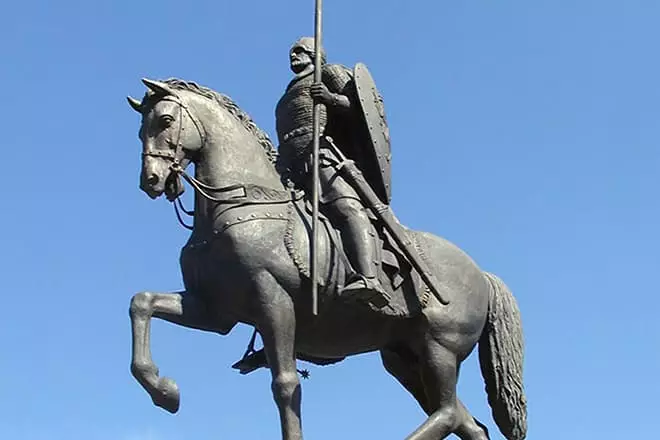
Upon returning home, Alexander Nevsky takes a solemn oath of Orthodox monks under the name Alexy. Thanks to this act, as well as due to regular failures, the Roman papacy take Catholicism, the Grand Duke Alexander became the favorite prince of the Russian clergy. Moreover, in 1543, he was canonized by the Russian Orthodox Church in the face of the Wonderworkers.
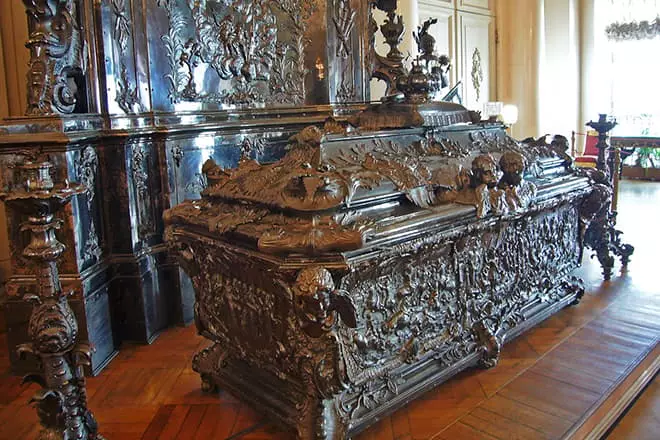
Alexander Nevsky died on November 14, 1263, buried in the Christmas monastery in Vladimir. In 1724, Emperor Peter I ordered the rebelief of the power of the Holy Prince in the Alexander Nevsky Monastery in St. Petersburg. The monument to the prince is installed on the square named after Alexander Nevsky before entering the Alexander Nevsky Lavra. This monument is presented in the photo in historical publications and magazines.
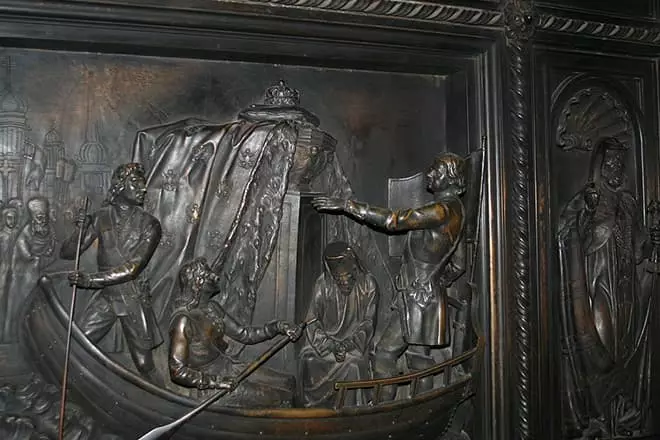
It is known that part of the relics of Alexander Nevsky is located in the temple of Alexander Nevsky in Sofia (Bulgaria), as well as in the Assumption Cathedral of Vladimir. In 2011, the image with a particle of relics was handed over to the Alexander Nevsky Temple of the Ural Sela Shurala. The icon of St. Blessed Prince Alexander Nevsky can often be found in Russian temples.
Interesting Facts
- The main military victories Prince Alexander won in his youth. By the time of the Nevskaya battle, the commander was 20 years old, and during the Ice Passion, the prince was 22 years old. Subsequently, Nevsky was considered a politician and a diplomat, but more still a warlord. For life, Prince Alexander did not lose a single battle.
- Alexander Nevsky is the only secular Orthodox ruler throughout Europe and in Russia, who did not go on a compromise with the Catholic Church for the sake of maintaining power.
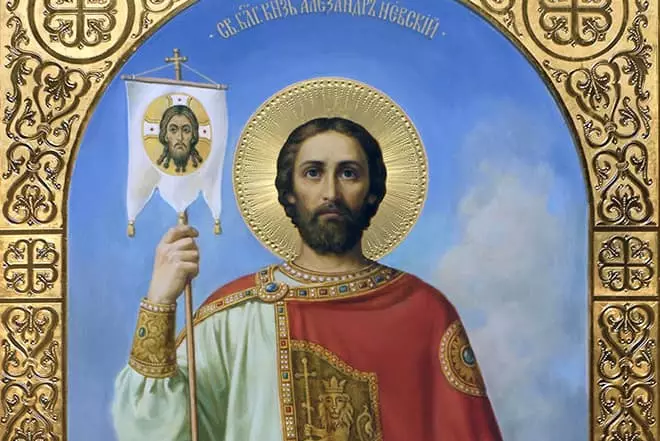
- After the death of the ruler, a "story of life and about the courage of the gloomy and grand prince Alexander" appeared, the literary work of the agiographic genre, created in the 1980s of the XIII century. It is assumed that the compilation of "Violence of Alexander Nevsky" was carried out in the Monastery of the Nativity of the Virgin in Vladimir, where the prince's body was buried.
- About Alexandra Nevsky often feature art films. In 1938, the most famous film was released, called Alexander Nevsky. Sergey Eisenstein became the director of the painting, and Cantata "Alexander Nevsky" was created for the choir and soltster with the Orchestra with the Soviet composer Sergey Prokofiev.
- In 2008, the Competition "Name of Russia" took place. The event was organized by representatives of the state television channel "Russia" together with the Institute of Russian History of the Russian Academy of Sciences and the Foundation "Public Opinion".
- Network users choose "Name of Russia" from the finished list of the "five hundred of great leaders of the country". As a result, the competition almost ended the scandal, because Joseph Stalin took a leading position. The organizers said that the "numerous spammers" votes were given for the communist leader. As a result, Alexander Nevsky called the official winner. According to many, it was the figure of the Novgorod Prince who was to arrange the Orthodox community, and Slavophili patriots, as well as just lovers of Russian history.
